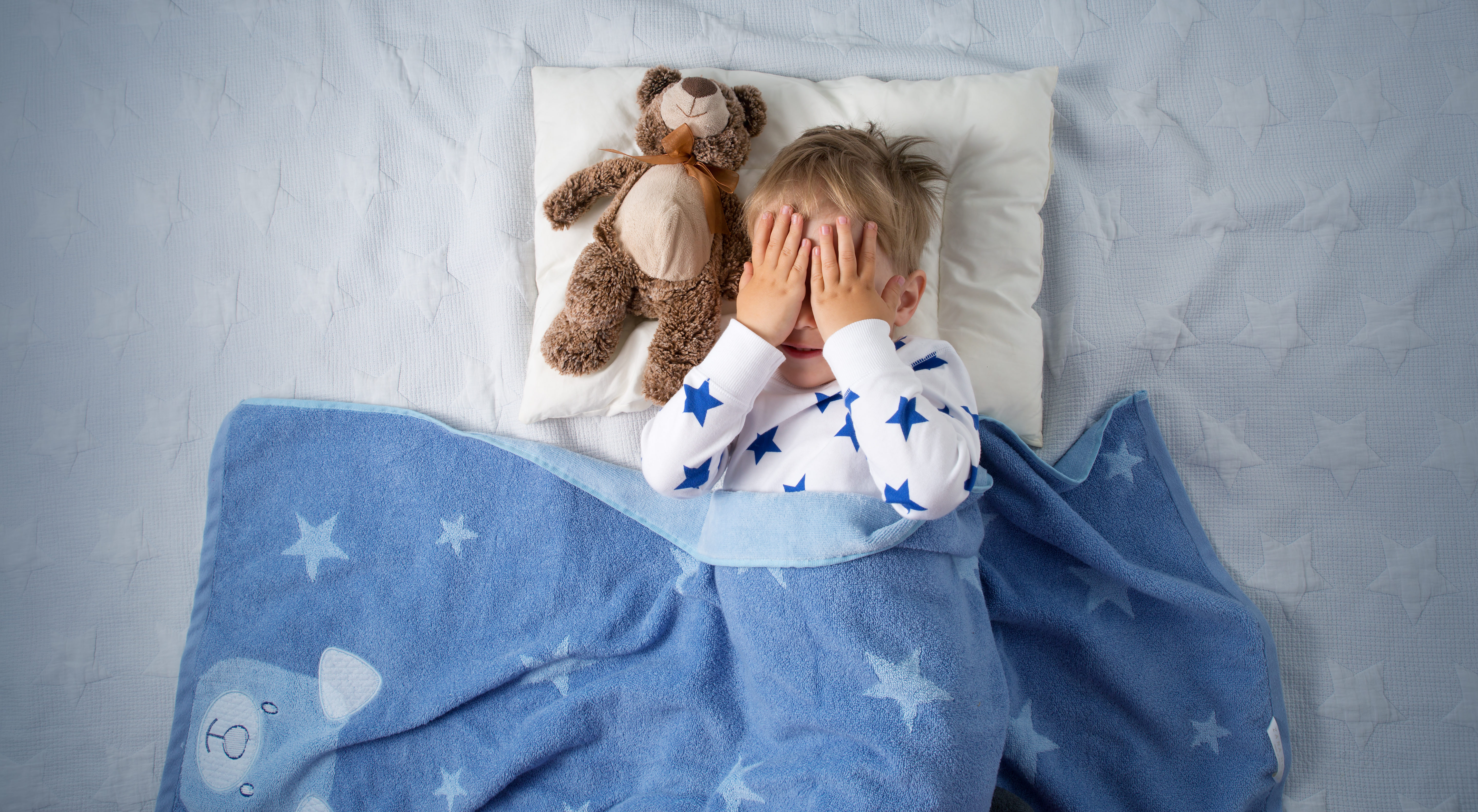Sweet dreams: Pro tips for adjusting to school-time sleep schedules

This story originally appeared in an August 2019 edition of inRegister@Home.
The start of school often comes with a battle. The end of free time and sleeping in is rarely received well, but add in first-day anxiety and you have a recipe for bedtime disaster.
Certified pediatric sleep consultant Danielle Daly of Bedtime Bliss knows the importance of sleep and has made it her mission to make sure everyone, parents and children alike, get their necessary hours.
“Making small adjustments can have a big impact,” she says. “When I had my son, he was a terrible sleeper and I realized I needed help. Once he started getting the right amount of sleep, it was such a wonderful change. His mood was better and he was a whole different kid. I want to help other people get that.”
To ensure an easy adjustment into the new school year, we reached out to Daly for nighttime advice ideal for children ages 4 to 10. See her suggestions below:
1. Have a regular bedtime.
Daly’s number one tip is to establish a schedule that is the same every single night–that’s right. Around 7 or 8 p.m. is her go-to for kids of this age, as it allows them to receive 10 to 11 hours of nighttime sleep, which Daly says is ideal for kids to approach the day with their best foot forward.
For added ease, start implementing the new bedtime in the days before the official first day. That way, kids are already rested and adjusted to their new schedule.
2. Have a predictable bedtime routine.
“I suggest a 30- to 45-minute routine that includes things like a bath and books,” explains Daly. “These things cue the body and brain that sleep is coming.”
Daly says continuity is key. Do things in the same order to create a routine that kids are familiar with, and that they grow to not just expect but enjoy. For kids who have trouble keeping a routine, she advises implementing a chart that engages children and has them check off individual aspects of the routine as they are completed.
3. Limit screen time at least one hour before bedtime.
You probably saw this one coming. Screen time might be popular, but that isn’t always for the right reasons. The blue light emitted by iPads and iPhones blocks melatonin, serving to only make bedtime even harder. Daly suggests taking away the electronic devices at least one hour before initiating the nighttime routine. In addition, she says that dimming lights around the house can also help children relax in anticipation of bedtime.
4. Limit distractions in the bedroom.
Blackout curtains are your new best friend. Since children often go to sleep before it is dark outside, curtains that keep their room dark are key in setting the mood for restful sleep. In addition, Daly advises limiting the amount of toys and other stimulating items on surfaces, in order to create an environment that is completely focused on sleep. If kids need a nightlight, her go-to is one with a red or orange hue, rather than blue, for the same reason that she suggests keeping the iPad away from bedtime.
5. Keep it cool.
The sweet spot is between 69 and 72 degrees. Trust us, you’ll appreciate the change in temperature, too.
6. Clue them in with a clock.
For children who have a tough time staying in bed, Daly’s advice is to bring in a clock. Not only does it give kids some perceived control of the situation, it allows you to create defined limits on when they can and cannot be out of bed. Toddler clocks even have features with colored cues.
For more on Daly and Bedtime Bliss, visit bedtimeblissconsulting.com.












